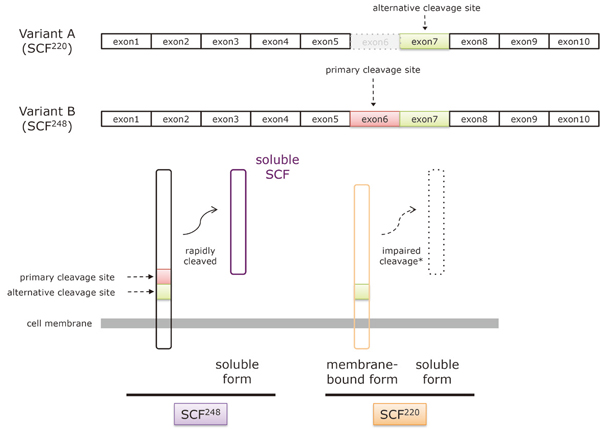Humanized Mouse Research
Core for Homeostatic Regulation, Core for Precise Measuring and Modeling, Program for Medical Innovations
The IMS Laboratory for Human Disease Models have created humanized mice by injecting human cord blood hematopoietic stem cells (HSCs) into immune-deficient NOD/SCID/Il2rgKO (NSG) newborns. Though the NSG humanized mouse model has enabled us to achieve high levels of human leukocyte engraftment in multiple organs, limitations remain due to species barriers between human immune cells and the mouse microenvironment. In the last few years, in collaboration with Dr. Leonard Shultz at the Jackson Laboratory, the IMS Laboratories for Human Disease Models, Developmental Genetics, and Integrative Genomics have been trying to develop mice with a humanized microenvironment. By infecting humanized mice with EBV, they have shown the development of HLA-restricted human CD8+ T cells in HLA class I expressing NSG mice (PNAS 2010). They are currently evaluating whether a peptide vaccine can elicit an Ag-specific cytotoxic T-lymphocyte response in the HLA class Ⅰ TG NSG mice.
For humanized bone marrow environment, they have developed NSG mice expressing two distinct splice variants of human stem cell factor(SCF), the membrane-bound (SCF220) and soluble (SCF248) forms. In the hummanized mouse expressing membrane-bound SCF, they found significantly higher engraftment of human CD45+ leukocytes in the bone marrow compared with conventional NSG mice (Blood 2012). In addition, expression of human SCF in the mouse environment has overcome human B cell-dominant engraftment in the recipient mouse bone marrow that has been considered as one of the major differences between humanized mouse bone marrow and native human bone marrow. They aim to clarify the potentially distinct roles of membrane-bound and soluble forms of SCF in supporting human hematopoietic stem cell/hematopoietic progenitor cell development and in human granulocyte development.

Figure: Development of NSG mice expressing
human SCF
The collaborative teams in IMS have created new strains of NSG mice expressing
two distinct spice variants of stem cell factor (SCF),
membrane-bound form and soluble form. One of the
variants (Variant A: SCF220) lacks the primary cleavage
site, therefore human SCF is not secreted into the
bone marrow but remains as a membrane bound form.


